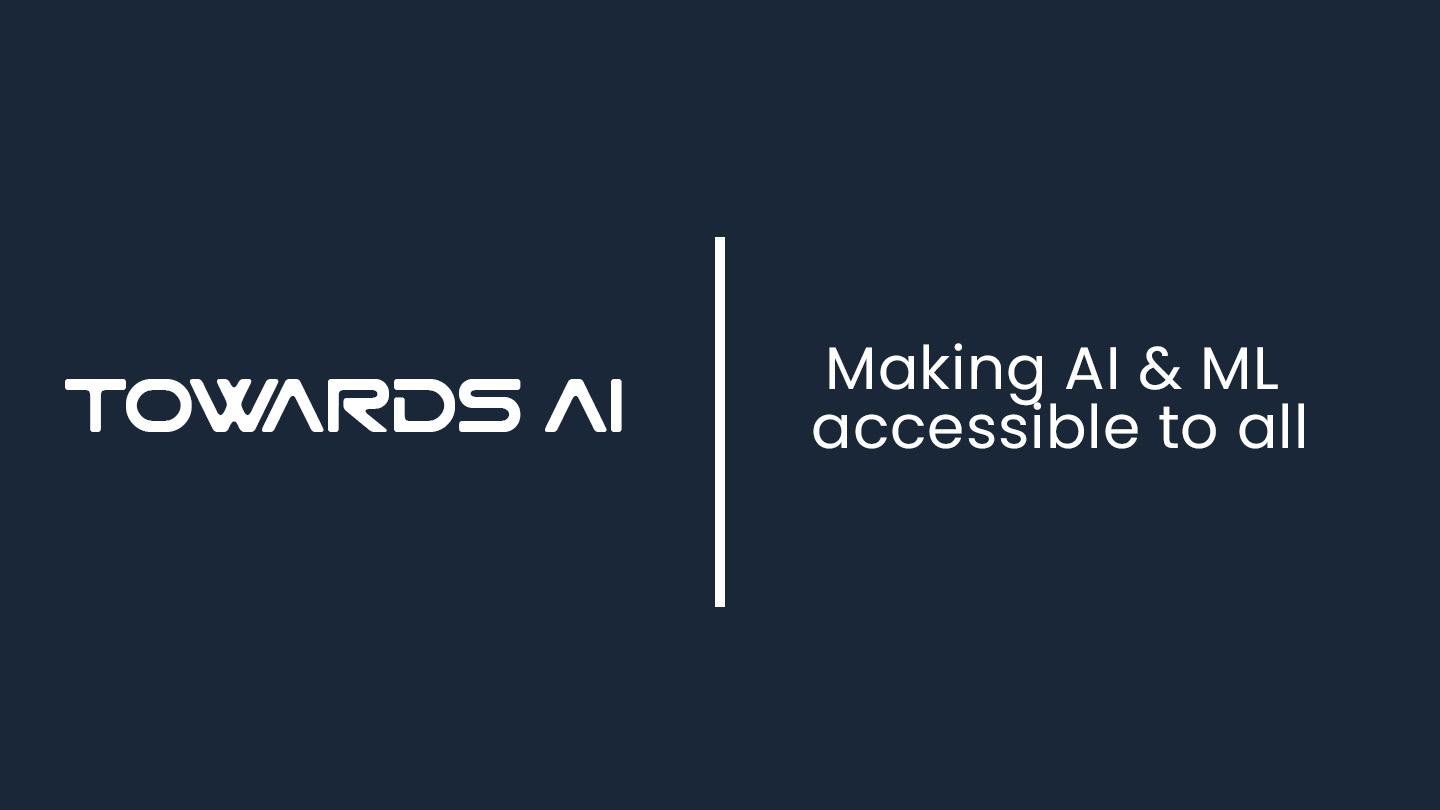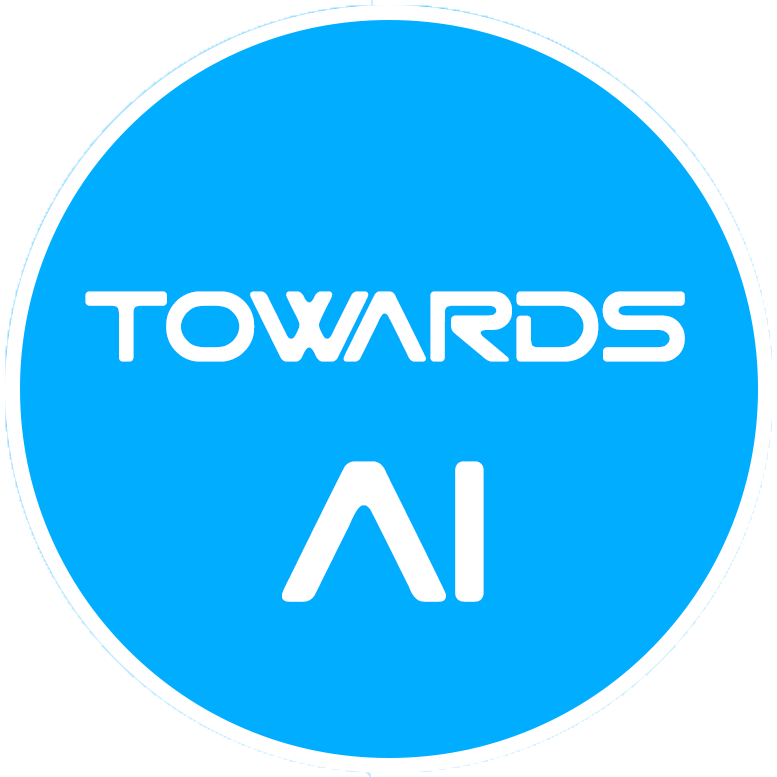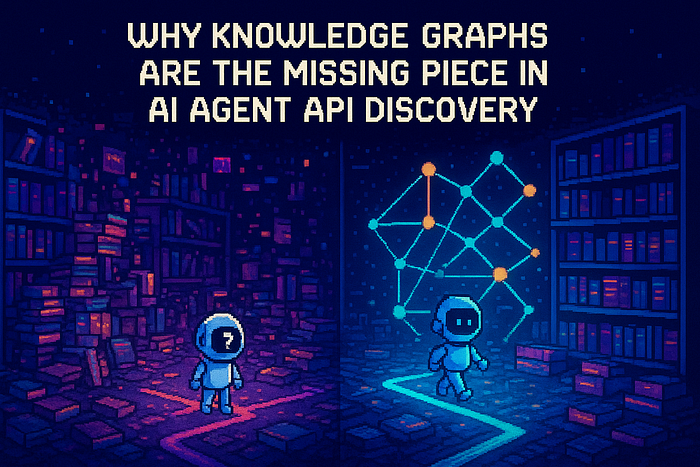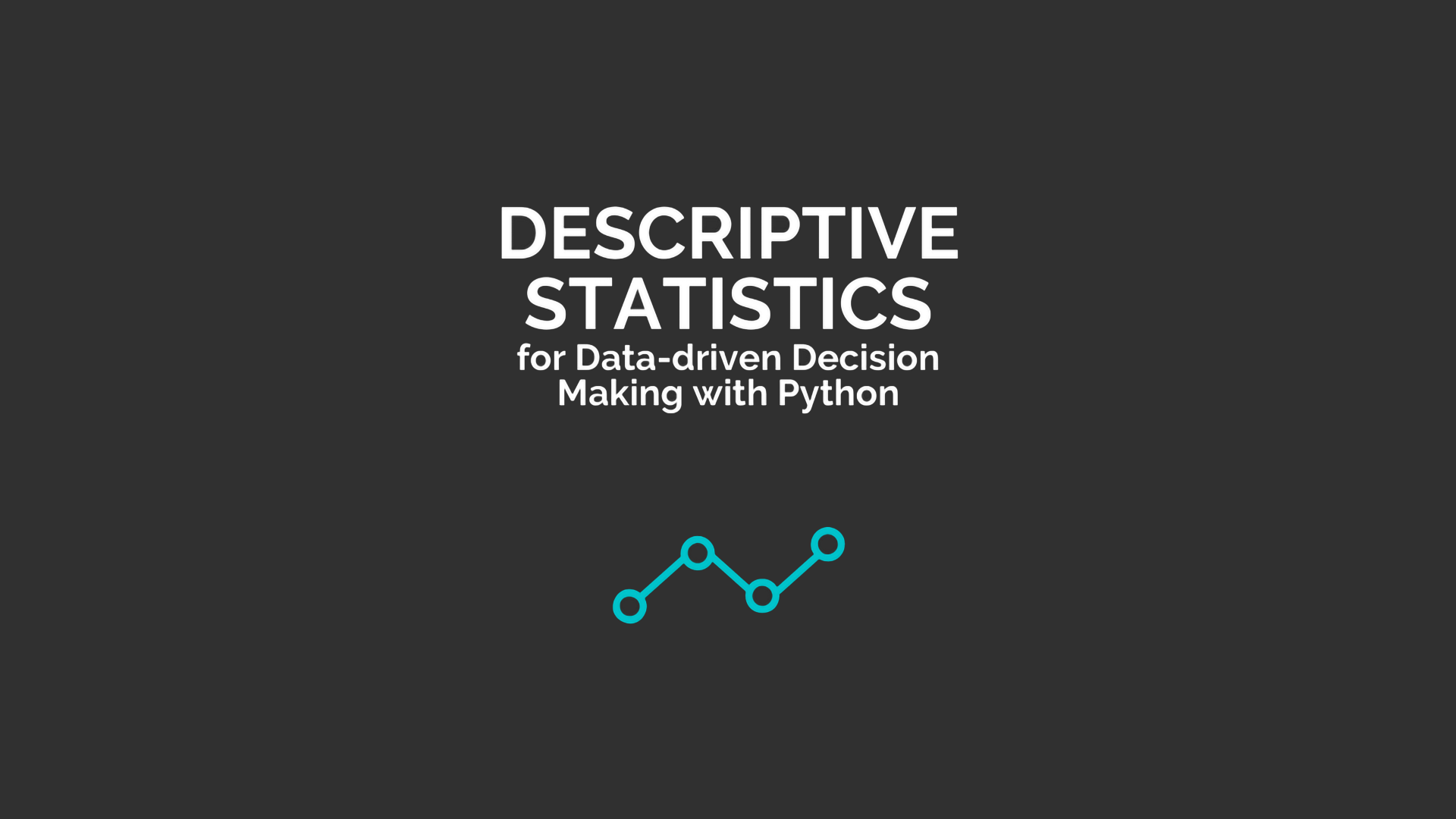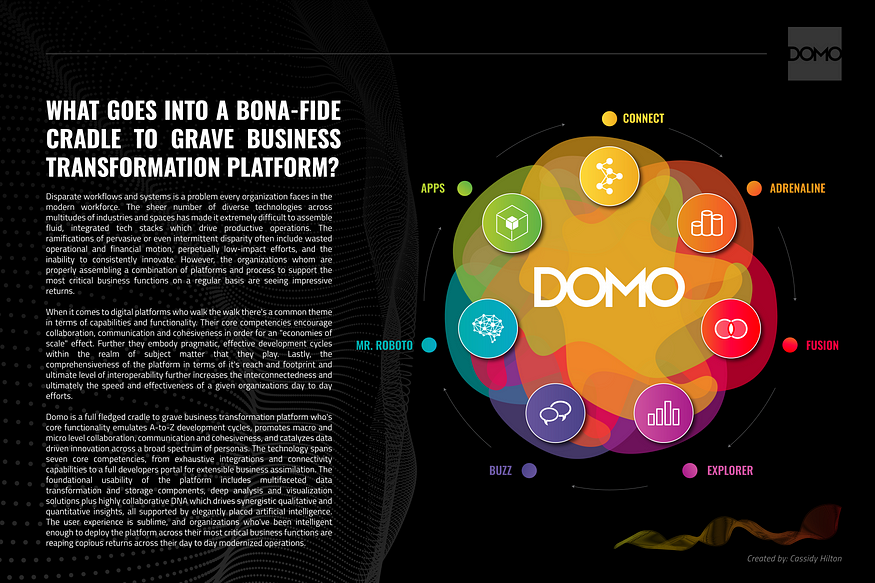
Why Most Task Automation Fails — and How AI Agents Can Fix It
Last Updated on April 25, 2025 by Editorial Team
Author(s): Subhadip Saha
Originally published on Towards AI.
Learn why traditional automation fails and how AI agents provide the flexibility and intelligence your business needs.
Ever tried automating a task, only to find yourself tangled in more confusion than efficiency?
You’re not alone. Many businesses, large and small, have experienced the frustrations of traditional automation — promises of time saved and headaches avoided, only to be let down by rigid systems that don’t adapt well to real-world challenges. The script doesn’t match reality, the tool doesn’t integrate with your existing processes, and suddenly, the chaos of manual work feels more manageable than the mess automation left behind.
But what if there was a solution? What if you could introduce a level of flexibility into your automation systems that would make them smarter, more adaptable, and even able to make decisions? This is where AI agents come in, revolutionizing the world of task automation and offering a more effective, reliable approach.
So, what went wrong? Why do so many automation systems fall short? Understanding the fundamental problems with traditional automation can help us grasp how AI agents step in as the real solution.
1. Rigid Scripts Aren’t Built for Change Most traditional automation systems are built on scripts that follow strict, predefined instructions. When something unexpected happens — like a change in data input,… Read the full blog for free on Medium.
Join thousands of data leaders on the AI newsletter. Join over 80,000 subscribers and keep up to date with the latest developments in AI. From research to projects and ideas. If you are building an AI startup, an AI-related product, or a service, we invite you to consider becoming a sponsor.
Published via Towards AI
Take our 90+ lesson From Beginner to Advanced LLM Developer Certification: From choosing a project to deploying a working product this is the most comprehensive and practical LLM course out there!
Towards AI has published Building LLMs for Production—our 470+ page guide to mastering LLMs with practical projects and expert insights!

Discover Your Dream AI Career at Towards AI Jobs
Towards AI has built a jobs board tailored specifically to Machine Learning and Data Science Jobs and Skills. Our software searches for live AI jobs each hour, labels and categorises them and makes them easily searchable. Explore over 40,000 live jobs today with Towards AI Jobs!
Note: Content contains the views of the contributing authors and not Towards AI.

